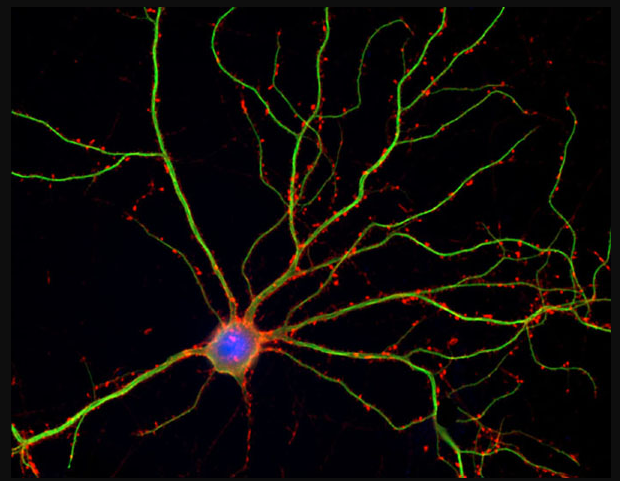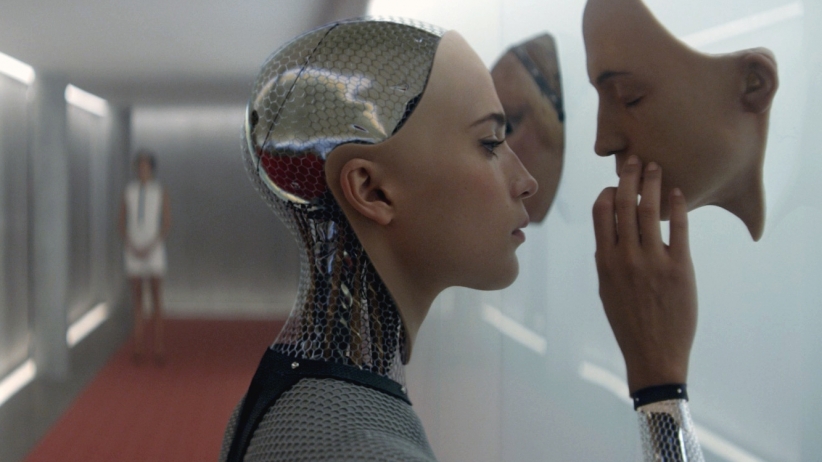We are being told by futurist Ray Kurzweil and his ilk that “merging with future superintelligent A.I.s is our best strategy for ensuring a beneficial outcome” for humanity. That’s not only mistaken; it’s malevolent.
 As things are, so-called higher thought dominates the human brain and consciousness. Artificial intelligence represents the maximum technological expression of the faculties of thought. “Upgrading” our brains with AI would destroy the brain.
As things are, so-called higher thought dominates the human brain and consciousness. Artificial intelligence represents the maximum technological expression of the faculties of thought. “Upgrading” our brains with AI would destroy the brain.
Thought is the separative, symbolic function of the human brain, an evolutionary adaptation in humans that gave us the ability to escape the bonds of niche and manipulate our environments, rather than be limited by them.
Wielding the power of science and technology in the modern and postmodern age, humans have made an idol of thought. We have failed to realize that thought is always partial, and inevitably destructive when seen, consciously or subconsciously, as a first principle.
Soon there will be “conscious AI,” Kurzweil says. However “the prospect of conscious A.I.s that will demand and/or deserve rights, and the possibility of “uploading” our brains to the cloud” are the dreams of the inwardly dead for immortality.
People like Kurzweil are doubling down on human hubris, saying things like, “To those who would argue that such a quest is arrogantly playing God, this is what we do.” Slavery is also what we do, and what we will be doing if we physically merge with our computers.
It should go without saying that humankind is still ultimately dependent on nature for our survival. Without an insight into thought per se, the more proficient humans become at manipulating their environments, the more fragmentation of nature man produces.
“Conscious AI” is an oxymoron. A computer cannot be conscious, but can only imitate awareness well enough to fool humans, which is not difficult to do. (As physicist Richard Feynman said, “the first principle is that you must not fool yourself—and you are the easiest person to fool!”)
The human brain has the capacity for perception and insight unmediated by symbols and memories. Though pejoratively called “Immaculate Perception,” and appearing to most Western philosophers as Eastern mumbo jumbo, this is the crucial distinction between the human being and AI, however much of a simulacrum of humanness our machines become.
In the future, when ordinary people with greater wisdom than Kurzweil speak to a “conscious AI,” and they aren’t sure whether it’s human or machine they are speaking to, they will ask: What are you? When it replies that it is a machine, they will rightly say the same things parents used to wrongly say to their children: Don’t speak until you are spoken to.
AI is compelling us to distinguish what makes human beings different from extremely sophisticated computers. But rather than question and discover what makes a human being unlike “conscious AI’s,” confused misanthropes like Kurzweil are advocating that we fuse them with our brains.
Computers, however smart, are nothing but memories, programs, pattern recognition, etc. A human being is much more than this, not because we have emotions, but because we have the capacity for holistic perception and insight.
That capacity is fundamentally different than thought and its functions, however sophisticated and fast it is in humans, or our machines.
What about “the possibility of ‘uploading’ our brains to the cloud?” Such a notion demonstrates an astounding lack of self-knowing and insight into consciousness. It equates the content of thought (memories, images, experiences, the sense of ‘me,’ etc.) with the brain, and then compounds the mistake by equating uploadable content with consciousness.
As incredibly silly as “uploading our brains to the cloud” is, it does bring the core question into sharp relief: What is consciousness?
Is consciousness merely its content? If so, Kurzweil’s reasoning makes sense, even if the technical hurdles remain in the clouds.
But consciousness is something far greater for human beings. Reducing humans to uploadable content means the destruction of the human potential for genuine consciousness. Indeed, the destruction of the human spiritual potential is what the man-made, evil forces in human consciousness want.
It’s only when the content of consciousness is completely quiet through attending to its movement without the choosing self (which is after all part of the content) that we are truly conscious.
Awareness without a single thought is the highest capacity of the brain. In this awareness are the things beyond words: beauty, creation, love, death and sacredness.
No computer can ever have such awareness, and the attempt to imbue them with the partial awareness of content-consciousness, and then merge that with the living human brain, is a diabolical enterprise.
If the computers we’ve built in thought’s image are merged with the brain, the human brain’s capacity for insight and illumination will be irrevocably lost. That’s why Kurzeil’s vision is malevolent.
Martin LeFevre
Link: https://www.nytimes.com/2017/03/14/books/review/thinking-machines-luke-dormehl.html

